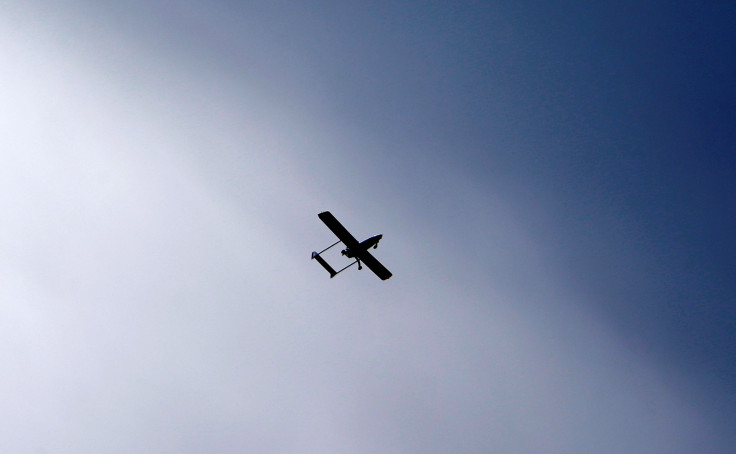What are Wasp drones that Australia is set to buy from the US to bolster its defences?
The Australian government will purchase at least 200 Wasp AE drones worth $101m.

The Australian army will soon be equipped with compact bird-sized drones that can be disassembled and carried in soldiers' backpacks. The unmanned flyers will help the army in gathering intelligence by hovering over battlefields.
It is expected that the Defence Department will purchase at least 200 such drones as part of a $101m (£78.5m) defence upgrade. The announcement will be made on Thursday (1 June) by Defence Industry Minister Christopher Pyne and Defence Minister Marise Payne.
The country is currently buying US-designed Wasp AE drones that will later be customised to suit their needs. Technology firms XTEK, Sentient and Mediaware in Melbourne and Canberra will help in rebuilding the machines as well as in their maintenance.
Payne said in a media release ahead of the formal announcement that the Wasp drones have been successfully used by US Marines and militaries of other countries. They will allow soldiers to "see over the hill, around the corner and down the road".
"Similar systems, including the Skylark, have been used by our soldiers in Afghanistan and Iraq with tremendous success. They provide our military with a faster and better understanding of the battlefield than our adversaries," he added.
The drones are expected to be rolled out in the second half of 2018, The Sydney Morning Herald reported.
Key specifications of the Wasp AE drones:
- The drones have a range of 5km
- They can cruise the skies for up to 50 minutes at a time
- They can operate at an altitude of 500ft
- The unmanned vehicles carry an infrared camera to detect heat radiations from live bodies and animals
- The wingspan is around 3m that makes it easy to carry disassembled
- The makers claim the drones are more or less silent, making them undetectable
- They can be operated manually as well as programmed for autonomous operations
- They can be hand-launched and also with the help of remote technology
© Copyright IBTimes 2025. All rights reserved.





















